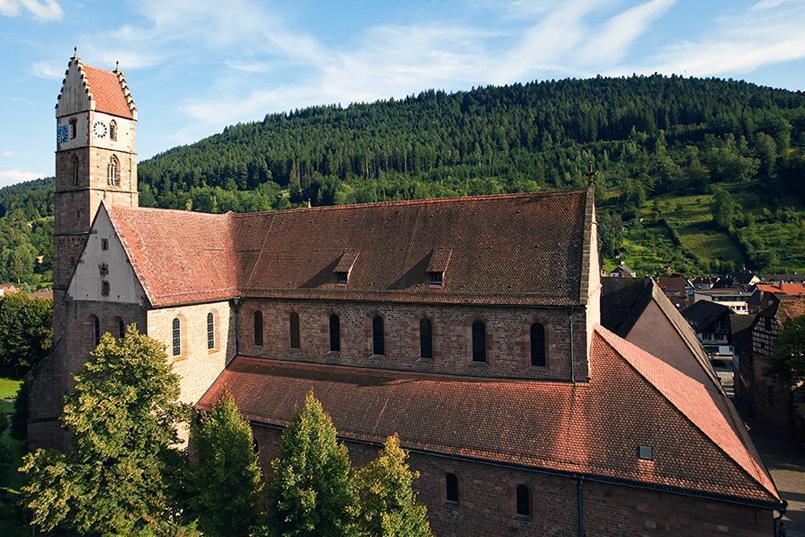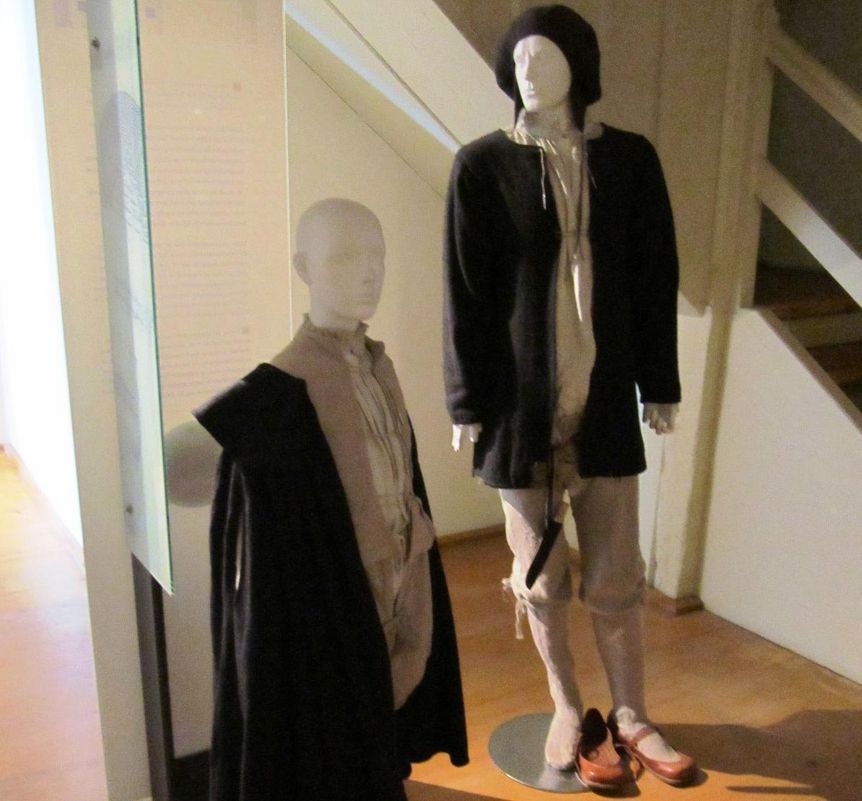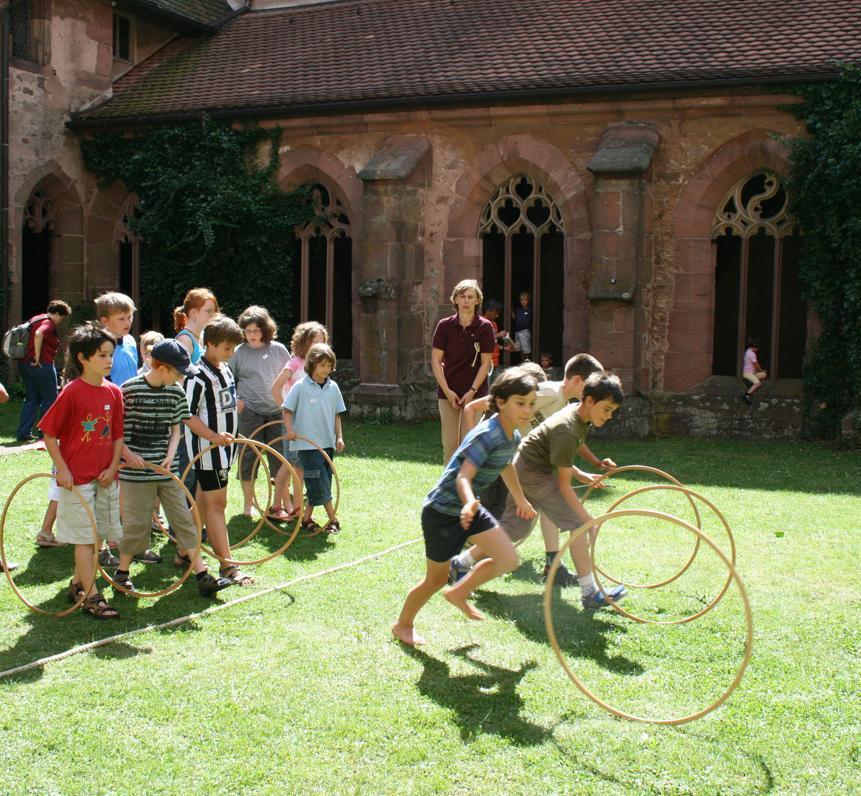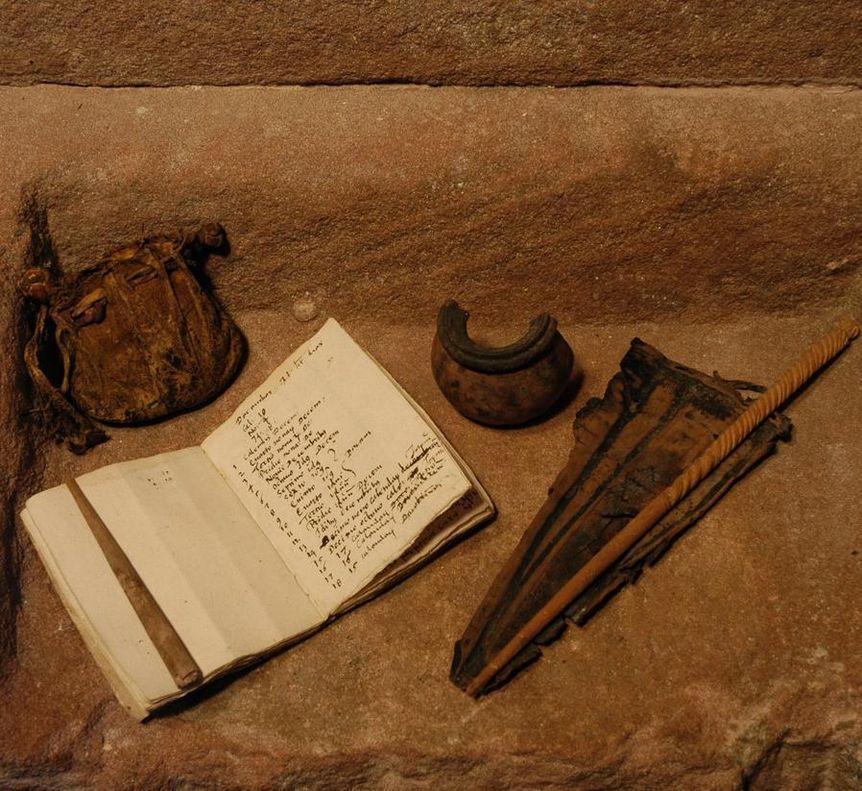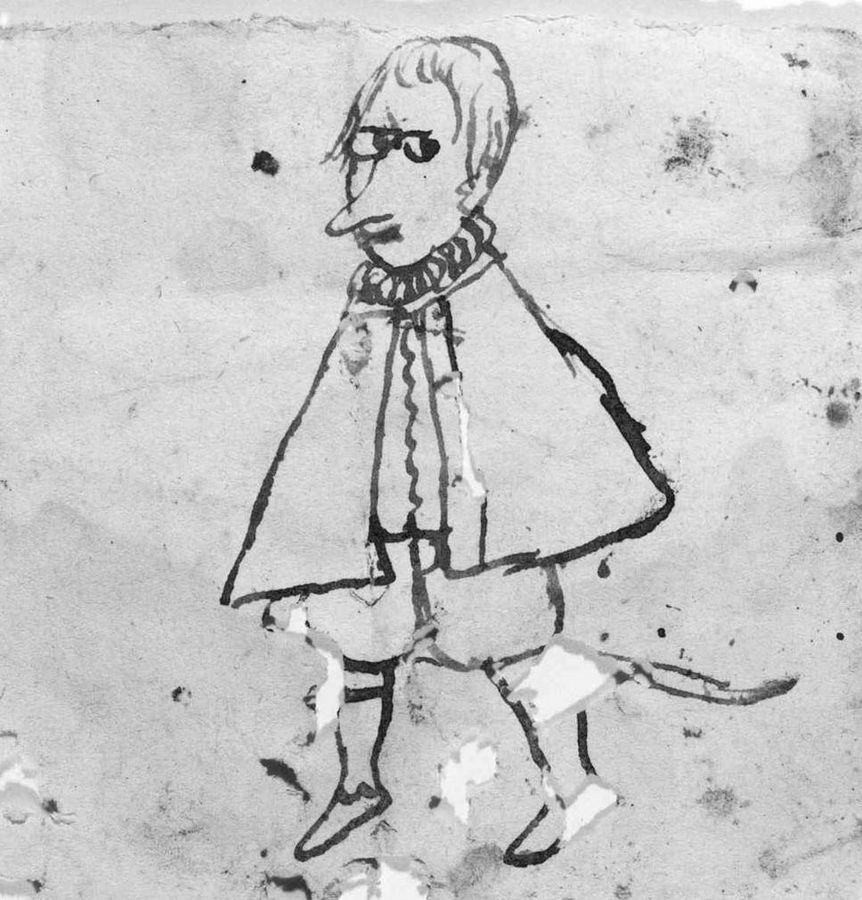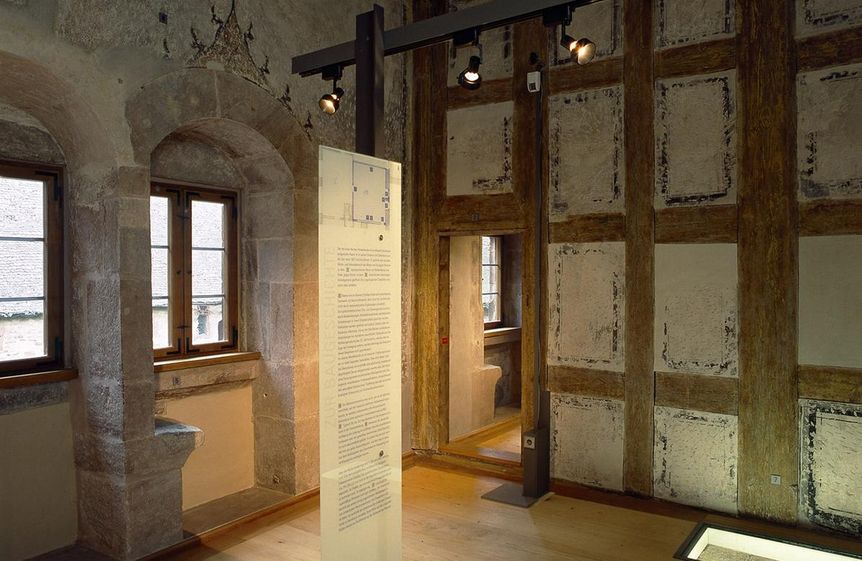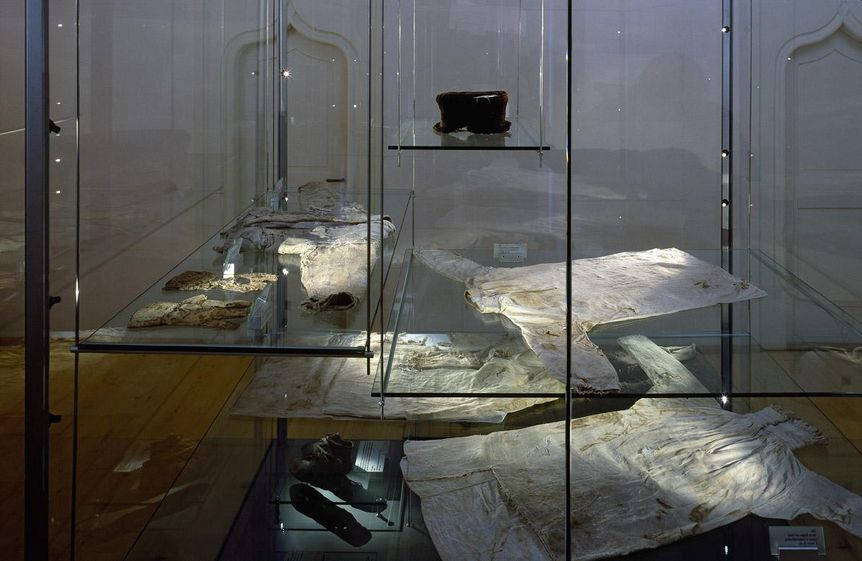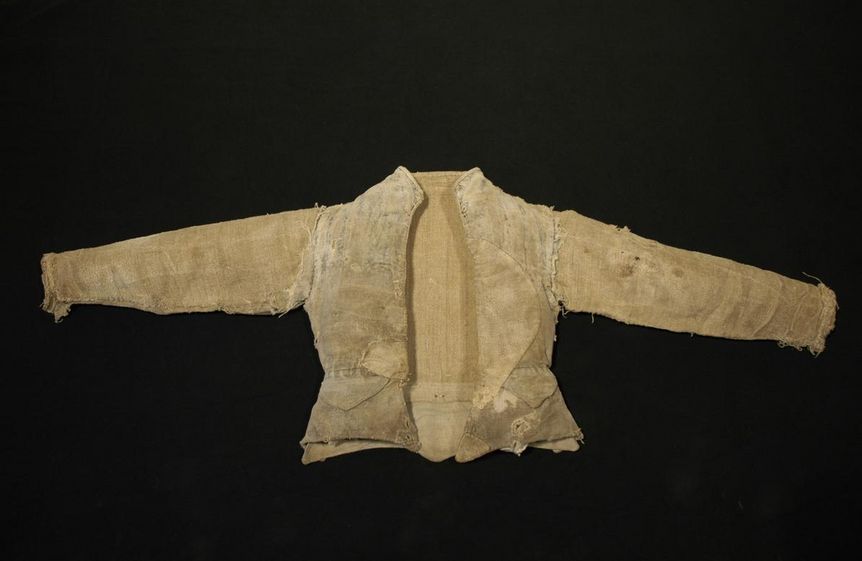PRAYER AND STUDIESTHE MONASTERY SCHOOL
The change in function that took place with the Reformation in Württemberg and the dissolution of the monasteries also meant the dissolution of the Benedictine order and the monks were forced to leave Alpirsbach. In 1556, Duke Christoph established a school here. Students now resided inside these hallowed walls.



